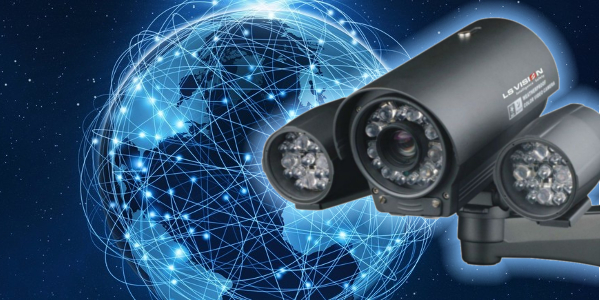
Now the buzzword in camera technology is IP camera. IP, which stands for Internet Protocol itself represents how the camera technology has advanced. But how exactly has IP camera changed the CCTV camera world? Let us look at a few ways it has affected the CCTV domain.
1. Image Quality
How much of the technologies from the past century do we still use? Technology changes very frequently and we adapt to these changes. But some technologies have remained the same since the last century. Analog CCTV video standard NTSC is one of them. Although some manufacturers claim that this is not the case, most analog CCTV uses the same technology as those that were discovered during the 1950s.
But this is not the case for IP cameras. IP cameras use the latest standards and thereby produce images of much better quality. Even the lowest resolution of IP cameras is 1.3MP which is several times more than the analog counterparts. There are IP cameras which offer up to 30 MP image producing crystal clear image even for long distances.
2. Easy Installation and maintenance
Analog cameras require multiple wires. The normal analog cameras require two wires, one for transferring video to the video recorder from the camera and the other to supply power. PTZ cameras require a third cable to control movements.
IP cameras on the other hand require just one PoE cable which transfers data, supplies power as well as control movements of PTZ cameras. This results in less cabling and makes them easier to install and maintain.
3. User-friendly
IP cameras are very user-friendly. Most of us use laptop, smartphone or tablet regardless of age, gender and other characteristics. Software manufacturers build camera softwares that can be easily learnt and used by a laptop, mobile or tablet user. The softwares make using the camera and several of its feature super easy.
4. Information security
Analog camera can be intercepted easily if someone can reach the cabling. On the other hand IP cameras send encrypted data which can be decoded only after it has reached the server. So even if someone has access to the cable, it is not possible to intercept the data.
5. Expandability
Analog cameras are connected to the ports of the DVR. So if you want to add more cameras after all the ports at the back of the DVR are exhausted you will have to buy another DVR. This is not the case with NVR and IP cameras. IP cameras can be connected to the nearest switch or router and the NVR can support a lot of cameras by connecting to the routers.
6. Video analytics
The analog cameras offer only reactive surveillance. It means that only when someone looks at it and sees something wrong, then action can be taken. If the observer takes a break, then the feed would be missed and anything that happened at that time would go unnoticed. IP cameras offer intelligent video analytics which can proactively find out anomalies and alert you about it. SO even if the observer is not looking at he feed, the AI will be at work and intelligent video analytics would be able to maintain constant vigilance.
7. Cost-effective
Due to less cabling and instruments required, IP cameras are more cost effective than compared to analog cameras. With intelligent video analytics, you can carry out surveillance with fewer security personnel to watch over the camera feed, thereby reducing the cost of operation further.
